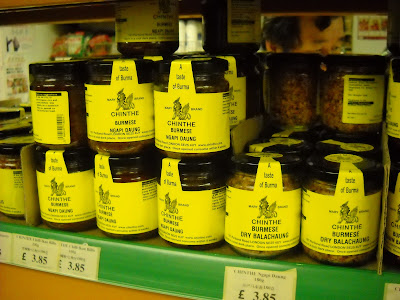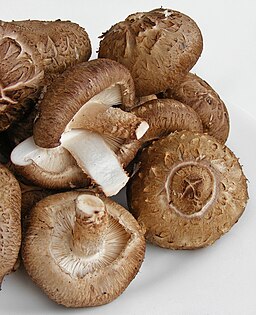Dining in London is not the disaster that many believe. I'm sure it once was a disaster, but nowadays, it's a multicultural paradise of food. It's not cheap food, mind you, but it is often absolutely fantastic.
I spent about 10 days in London at the beginning of April. I did my best to sample a broad range of food: Indian, traditional British, Spanish, Chinese, Malaysian, even street food inspired by the Seychelle Islands. Some of it was just OK while some of it was amazing.
In Part 1, we're going to the pinnacles of food markets: the Food Halls in Harrod's, and Borough Market, and we're going to have a little street food.
If you are a foodie, you have to go to Harrod's. Not just for the food, but for the over-the-top decor. Here's what I mean, a picture from the Seafood and Meat Hall:
Yeah, Whole Foods is nice, but this is crazy stuff! The sheer abundance is overwhelming. There's a room with just produce, another just of chocolate, tea, coffee, and candy. One with charcuterie, cheese, baked goods, and prepared foods (everything from British savory pies to Asian dumplings to sushi). All beautifully displayed, and, of course, priced to match.
If you know me, you know I need to take a picture of the mushrooms. Slim pickings in early April.
Since it was a few days before Easter, there had to be brightly colored eggs. Harrod's definitely goes for the brightly colored!
And lastly, there is chocolate. Oh my, there is chocolate. They were selling chocolate from over a dozen chocolatiers. But, these were the cutest!
OK, that's enough of me gushing over Harrod's. On to gushing over the Borough Market. We were there a bit early and it was a gray, cold day so we were not inclined to hang out. But, it was obvious that, along with Harrod's, this is the place to get top quality food. Here's a picture of some stunning fish, almost all of it from the waters around the UK.
See the sign for the Cafe in the background? Pamela and I had a honest British breakfast there. Eggs, bacon, ham, bubble & squeak (look it up). The woman who cooked our food had the best working-class British accent of the trip. I felt like I had stepped into a scene from Mary Poppins, listening to her talk.
I also loved the map for the Borough Market:
On to street food. One day, we had the paella for sale in the courtyard of Covent Garden Market. They make it in huge paella pans. We saw the same thing at the Portobello Market (more on the food there in a second).
Good cheap eats, one of the least expensive lunches we had in London. And Covent Garden Market is a cool place to stroll (though packed with tourists).
Next up, the Portobello Market. Huge market of food, antiques, fleas. You get the idea. It goes on for blocks and blocks. It takes place every Saturday on Portobello Rd, near Notting Hill Gate. Since it was the day before Easter, it was absolutely mobbed.
Not exactly conducive to strolling and shopping! But, we did manage to find some cool stuff, like this can of Spanish tuna. I think it was at least 1 kilo. Biggest can of tunafish I've ever seen!
All the obvious places to eat were at least 4 deep but we managed to find this stand of Seychelle Island inspired street food. Lovely people and the woman on the right makes a mean goat curry. It was fantastic, and I ate plenty of goat when I worked at a Caribbean restaurant.
If you ever find yourself at the Portobello Market (lucky you!), look them up. The stand is called Vinn Goute and the food is delicious and unusual.
Next time, we move on to Chinatown and Asian food.













































